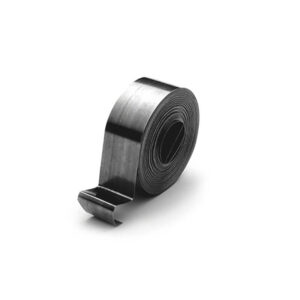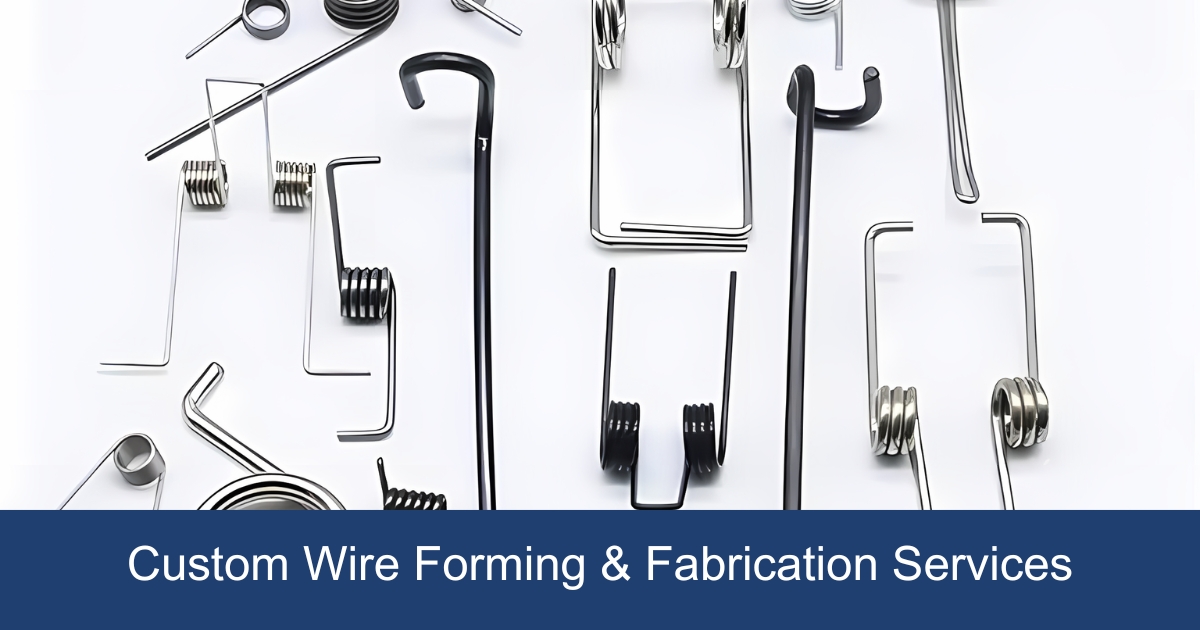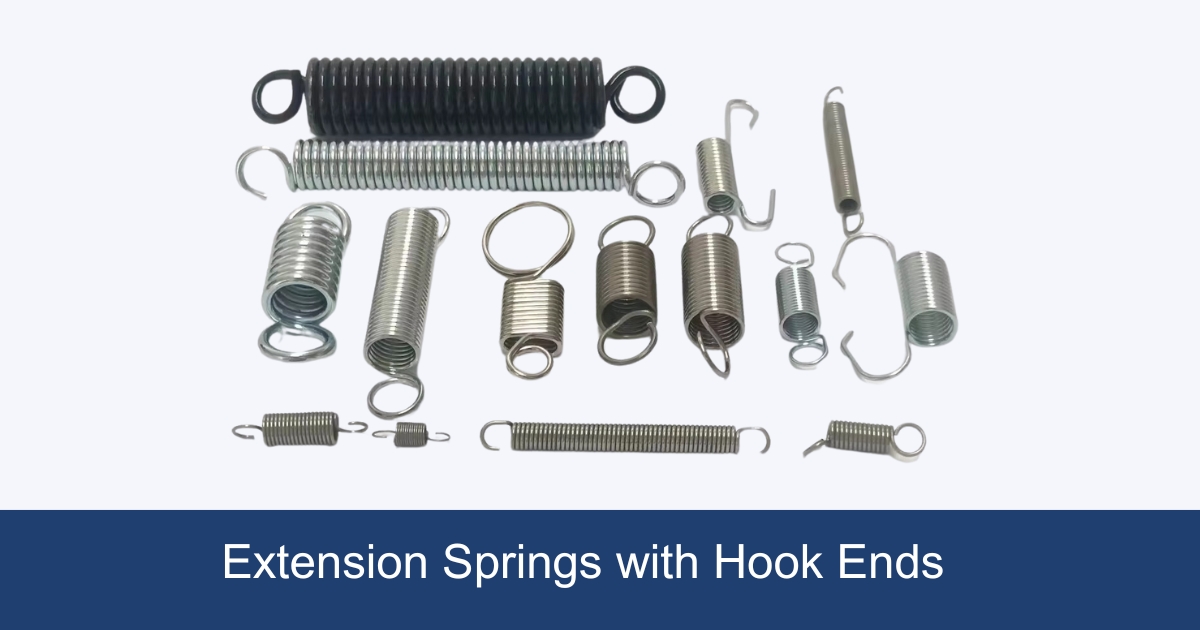Dive into the world of clock springs and explore their vital role across multiple industries. Perfect for enthusiasts and professionals alike, this guide a professional custom clock spring manufacturer will unveil how these essential components power precision and efficiency in devices we use daily. Ready to learn more? Let’s get started on uncovering the uses of clock springs.

What are clock springs used for?
Clock springs, with their ability to store and meticulously release mechanical energy, are utilized across a wide array of industries. Each application leverages the unique properties of clock springs design to fulfill specific mechanical needs, from precise movements in small devices to ensuring safety in automotive systems. Here’s an expansive look at the diverse industries that benefit from clock springs:
1. Horology (Timekeeping Devices)
- Watches and Clocks: Fundamental in mechanical watches and clocks for their role in timekeeping precision.
- Historical Timepieces: Used in antique clocks and restoration projects to preserve historical accuracy.
2. Automotive Industry
- Safety Systems: Integral to the deployment mechanisms of airbags and the tensioning of seat belts.
- Steering Systems: Enable electrical connectivity for steering wheel-mounted controls across multiple steering wheel rotations.
3. Electronics
- Portable Gadgets: In devices requiring compact, reliable power storage and release mechanisms.
- Consumer Electronics: Found in retractable cords for headphones, chargers, and other personal electronic devices.
4. Medical Devices
- Surgical Instruments: Utilized in precision tools for surgeries where controlled movement is crucial.
- Diagnostic Equipment: Part of the mechanical workings in certain types of scanners and imaging devices.
5. Aerospace and Defense
- Aircraft Controls: Used in control mechanisms for both commercial and military aircraft.
- Space Exploration Devices: In mechanisms of satellites and space probes where reliability and precision are paramount.
6. Industrial Machinery
- Manufacturing Equipment: Play roles in automated assembly lines, offering precise control and energy storage.
- Robotic Systems: Critical for the movement control in robotics used across manufacturing and exploration.
7. Consumer Products
- Toys: In wind-up toys, providing a simple and reliable way to store and release energy.
- Furniture: Mechanisms in retractable components of furniture, like foldable tables and adjustable chairs.
8. Recreational and Sports Equipment
- Exercise Machines: In equipment where tension and resistance adjustments are needed for effective workouts.
- Bicycles: In mechanisms like retractable bike locks and adjustable seat posts.
9. Environmental and Renewable Energy Systems
- Wind Turbines: In tensioning systems that adjust blade angles for optimal efficiency.
- Solar Panel Trackers: Ensure precise movement of panels to follow the sun’s trajectory throughout the day.
The widespread application of clock springs across these diverse fields underscores their versatility and the critical role they play in the functionality and safety of various devices and systems. From enhancing the accuracy of timekeeping devices to ensuring the safety and efficiency of modern automobiles and aerospace equipment, clock springs are a testament to the ingenuity of mechanical engineering and its impact across multiple sectors of industry and daily life. Their ongoing development and adaptation to new technologies continue to expand their use cases, highlighting the enduring importance of mechanical components in an increasingly digital and automated world.
What are clock springs?
Clock springs are essential components in various mechanical devices, designed to store and release rotational energy. Made from a metal strip wound into a flat spiral or cylindrical shape, they provide a consistent force over time, enabling precise operations in applications like automotive airbag systems, timekeeping devices, and electronic equipment.
What is the purpose of a clock spring?
A. Energy Storage and Release
At its core, the clock spring design serves to store energy when wound and release it in a controlled manner. This attribute is essential in mechanisms requiring a consistent and prolonged release of energy, particularly where electrical or mechanical output is necessary over time without continuous external power.
B. Electrical Connectivity
In modern applications, particularly in automotive steering systems, clock springs design maintain an uninterrupted electrical connection between rotating interfaces. This is paramount for the deployment of safety mechanisms like airbags and the functionality of steering wheel-mounted controls.
Types of Clock Springs
- Hairsprings: Hairsprings are intricate clock springs used for timing mechanisms in devices like parking meters, preventing backlash in gears, or in simple kitchen timers. These springs have evenly spaced coils and are challenging to manufacture, resembling a flat cinnamon roll.
- Brush Springs: Brush springs, named for their use in powering carbon brushes in motors or generators, are open-wound spiral springs made from denser and tougher materials than hairsprings. They engage nearly all coils at once during use and are typically produced in specialized factories, resembling a rolled-up fruit leather roll.
- Power Springs: Clock springs are also known as power springs, highlighting their function as a source of mechanical power in a compact space. This term emphasizes the energy storage and release capabilities of these springs.
- Constant Force Springs: Constant force springs, often called clock springs, deliver a steady force throughout their movement. Made by winding a metal strip into a coil, they’re ideal for applications needing consistent force, like retractable mechanisms and counterbalances.
- Mainsprings: Another alternative name for clock springs is mainsprings, particularly in the context of watchmaking and repair. Mainsprings are essential components in timepieces, providing the necessary torque for their operation.
- Balance Springs: Clock springs can also be called balance springs, especially in the context of their use in watches and other precision instruments where maintaining balance and accuracy is essential.
These types of clock springs serve different purposes and are designed with specific characteristics to suit various applications in devices like timers, motors, generators, and other mechanical systems.
How often should a clock spring be replaced?
A clock spring doesn’t have a predetermined replacement schedule like some vehicle components. Its replacement is dictated by its performance and condition. Indicators that necessitate a clock spring replacement include a non-working horn, issues with steering wheel controls, an illuminated airbag warning light, strange noises during steering, related blown fuses, or airbag deployment problems. These signs suggest the clock spring is malfunctioning and could compromise safety.
In essence, replacing a clock spring is based on necessity rather than a set timeframe. Immediate replacement upon noticing failure signs is crucial for maintaining the vehicle’s safety features, especially those connected to the steering system. Routine vehicle inspections and maintenance are vital for early detection of clock spring issues, helping to avert safety risks linked to a defective clock spring.
How are clock springs made?
Clock springs are made through a precision manufacturing process that involves several key steps:
- Clock Spring Material Selection: A high-quality, durable metal strip, often steel or stainless steel, is chosen based on the clock spring’s required properties, such as flexibility, strength, and resistance to environmental factors.
- Cutting and Shaping: The metal strip is cut to the correct width and thickness. It’s then shaped into a long, flat strip if it wasn’t already in this form.
- Winding: The flat metal strip is tightly wound into a spiral or coil. This can be done using specialized machinery that ensures the spring is wound to the exact specifications, including the correct diameter and tension.
- Heat Treating: The wound spring may undergo heat treatment to improve its strength and elasticity. This process involves heating the spring to a specific temperature, then cooling it under controlled conditions.
- Clock Spring Finishing: The clock spring’s ends are often finished or treated to allow for easier installation and to improve its connection to other components. This may involve bending the ends into hooks or loops, or adding fixtures.
- Testing and Inspection: Finally, the completed clock spring undergoes testing to ensure it meets all specifications for tension, flexibility, and durability. Quality control measures are stringent to ensure the spring functions reliably in its intended application.
The precise clock spring manufacturing process, from material selection to final testing, ensures that each clock spring can reliably store and release energy as needed, performing consistently over time.
Interested in learning more about clock springs and their applications? Contact us today and let our clock spring experts assist you in design&custom the perfect clock springs for your specific requirements.



